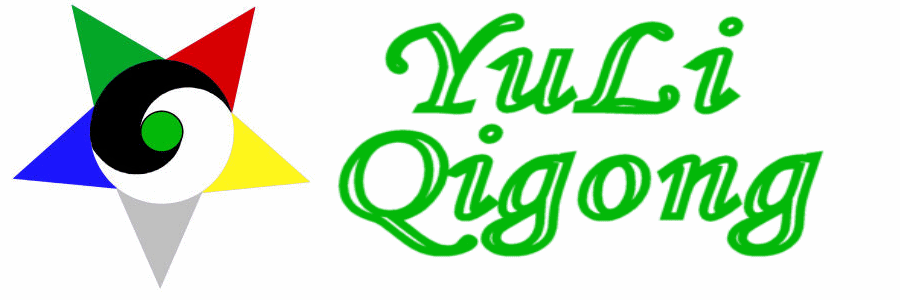Choosing a QiGong practitioner or teacher.
Qigong is a lot more than a breathing exercise: "Qigong is the coordinated use of breathing methods, breath control, stances and movements (forms), acupressure, self-massage, visualizations and guided meditations to achieve specific goals: increasing the quantity and quality of Qi in one’s body, facilitating the easy flow of Qi in one’s body, for the purpose of increasing health, strength, longevity, boosting one’s immune system and making oneself a better person."
Based on the above, a qualified Qigong teacher should be knowledgeable in all the components of QiGong; and depending on where you live, be licensed to be able to touch, massage or perform energy work. In my home state of Florida, you need to be licensed to provide massage and teach it. This license can be that of a massage therapist, an Acupuncture Physician, a DC, a DO or MD. To do energy work, such as Reiki (for money), you must be a massage therapist or ordained minister.
Since QiGong is a part of Traditional Chinese Medicine (TCM), the teacher or practitioner should be highly familiar with the Five Element Theory, Yin Yang Theory, Meridians and Points and other components of TCM. In China, before the government got involved in defining TCM, three groups: monks or other religious groups, traditional healers and martial artists mostly were responsible for the transmission of QiGong knowledge. In many cases the lineage contained more than one group. Many martial systems had a healing component, and many monks had a martial tradition too.
You should ask if the Qigong practitioner is a martial artist, most QiGong teachers have at least a passing skill in an art, and many are students of one or more of the internal arts: Taijiquan, Bagua Zhang, Xingyiquan, Yiquan, Baiji, Liuhebafa and a few others.
If one is proficient in QiGong, one should be able to demonstrate some of the abilities that long term QiGong gives to oneself. The Qigong practitioner could appear much younger than his/her actual age. The practitioner should be able to demonstrate the extraordinary strength that good Qi flow imparts. One core skill of QiGong and the internal arts is "Peng Jin". This should be able to be defined and demonstrated. Chan Si Jing and Chan Si Gong (Silk reeling energy and silk reeling exercise) may also be demonstrated and explained. Some arts call this skill "silk winding".
It takes most people at least five years of serious training and practice to become proficient enough at Qigong to become a teacher or healer. Ask to see verification of training. Ask who are the primary teachers or masters with whom the practitioner trained.
